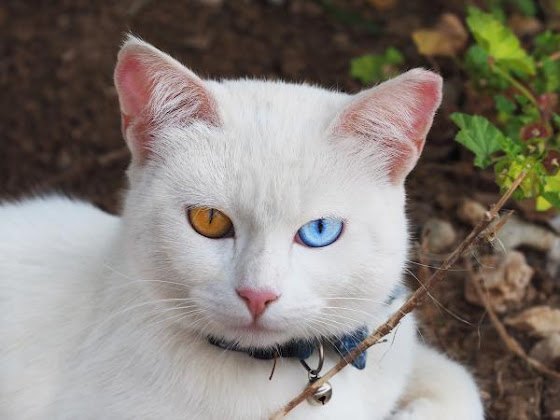Cats are one of the most beloved pets in the world, and they have a number of interesting behaviors that make them unique. One of the most fascinating of these behaviors is their ability to purr. Purring is a low, rumbling sound that cats make when they are happy or content, but why do cats purr in the first place? In this blog post, we will explore the various reasons why cats purr and what this behavior means for our feline friends.
First and foremost, cats purr as a way of communicating with their owners and other cats. When a cat is happy, relaxed, or content, it will often start to purr. This can be a signal to its owner that it is feeling good and is comfortable in its environment. It can also be a way for cats to communicate with each other. In the wild, cats will often purr as a way of calming down other cats and indicating that there is no threat present.
Another reason why cats purr is that it can have a calming effect on their bodies. Purring is actually a type of vibration that occurs in the throat and chest of a cat, and this vibration can help to relax and soothe the animal. This is why cats will often purr when they are in pain or stressed. The act of purring can help to release endorphins in the cat's body, which can help to reduce pain and promote healing.
Interestingly, cats also purr when they are frightened or anxious. This may seem counterintuitive, but it is actually a way for the cat to calm itself down and reduce its stress levels. When a cat is in a stressful situation, such as being at the vet or encountering a new animal, it may start to purr in order to reduce its anxiety and feel more relaxed.
Finally, cats may purr as a way of marking their territory. When a cat purrs, it creates a low-frequency sound that can travel through walls and floors. This can be a way for cats to communicate with other cats in the area, indicating that this is their territory and that other cats should stay away.
In conclusion, cats purr for a number of reasons, including as a form of communication, as a way of calming themselves down, and as a way of marking their territory. Understanding why cats purr can help us to better understand our feline friends and provide them with the care and attention they need to lead happy and healthy lives. So, the next time your cat starts to purr, take it as a sign that your furry friend is feeling good and content in your presence.


Comments
Post a Comment